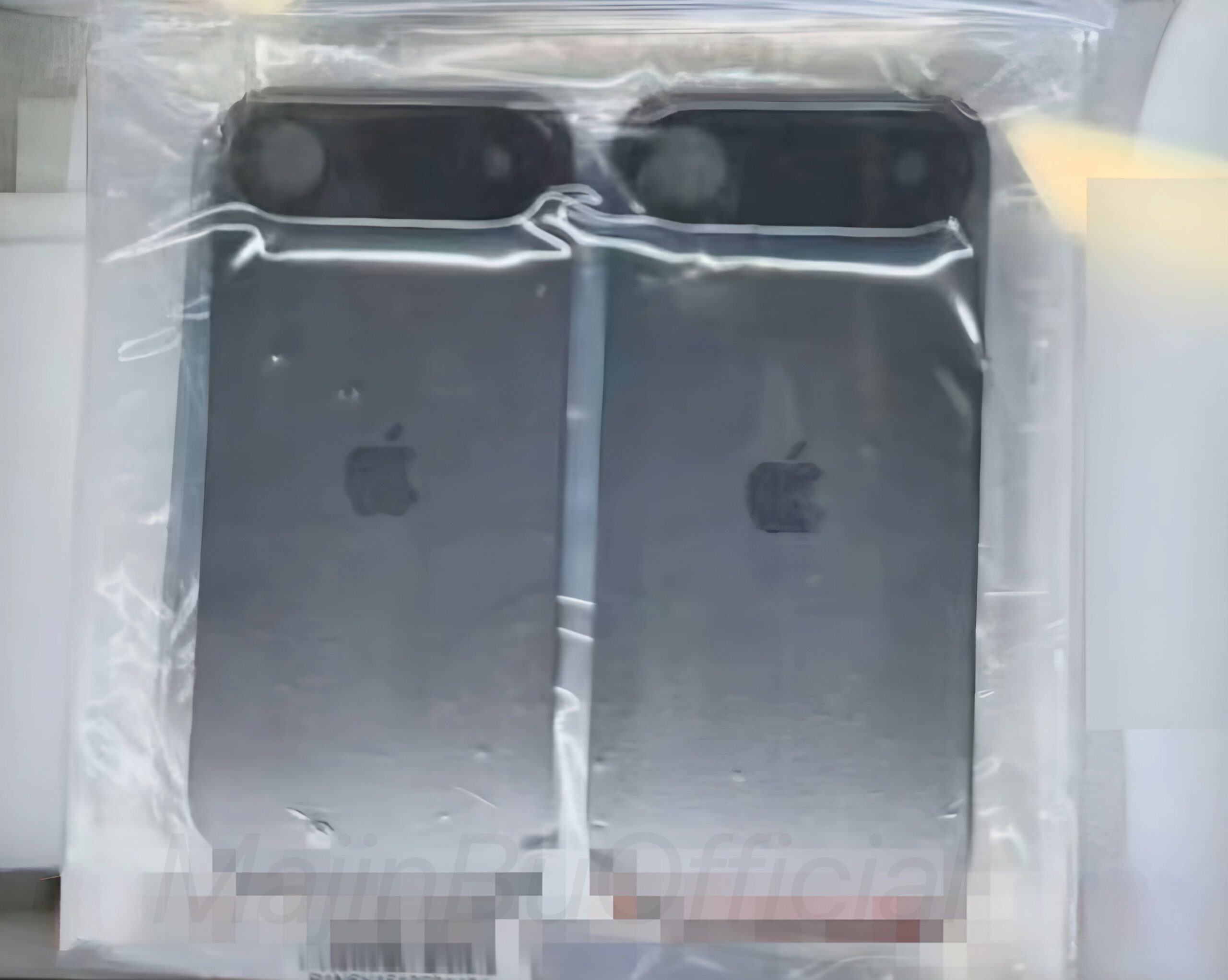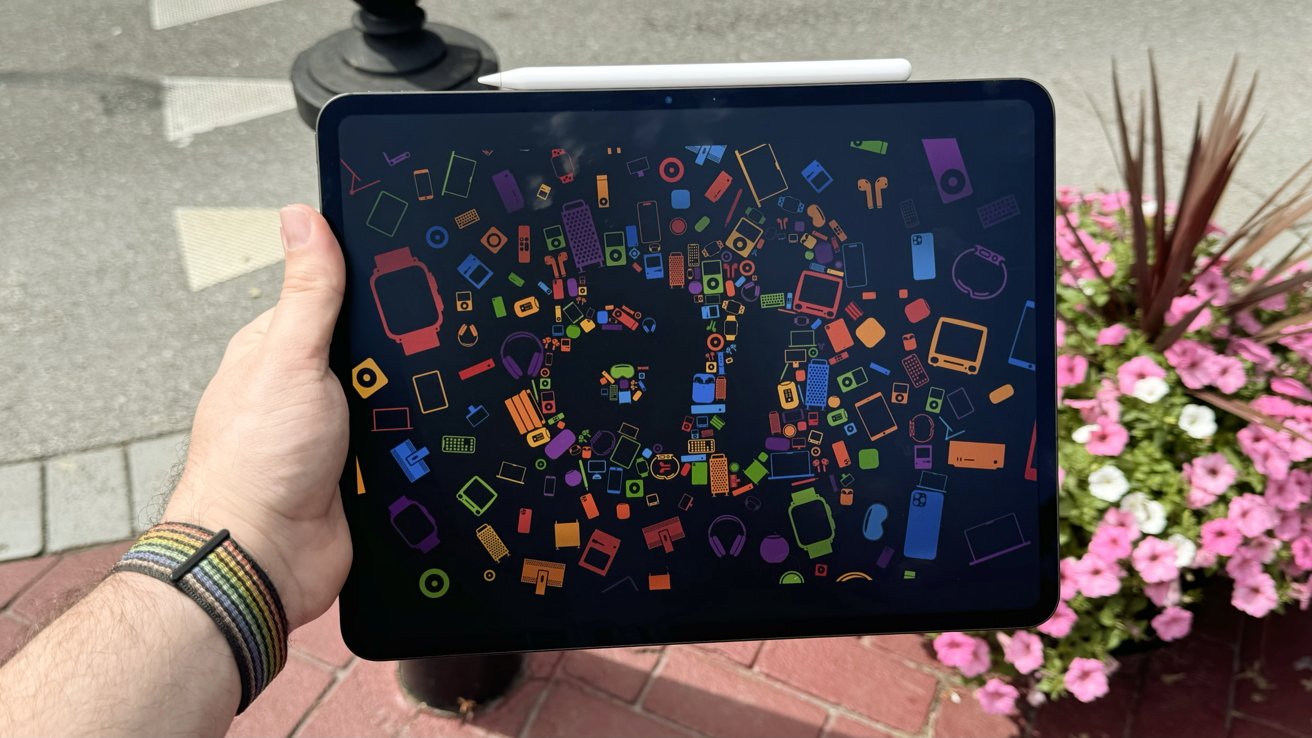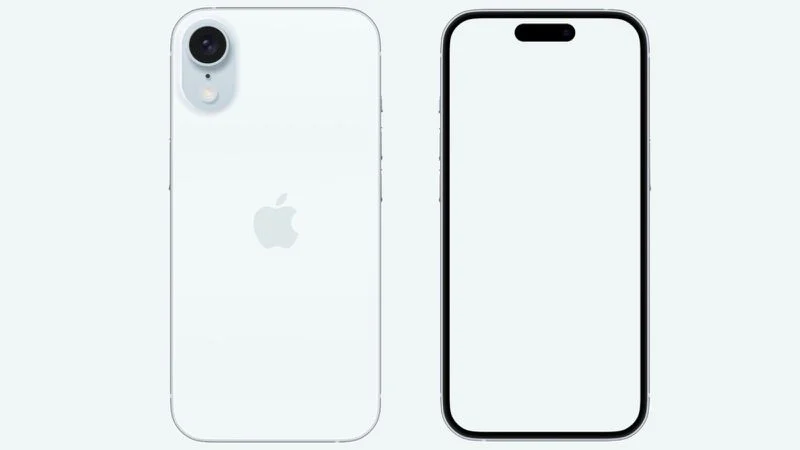The world of consumer electronics is a constantly shifting market, with prices fluctuating based on demand, new releases, and a host of other factors. One key aspect of this market is the trade-in value of older devices, allowing consumers to offset the cost of upgrading to the latest technology. Recently, Apple has quietly adjusted its trade-in values for a range of its products, including iPhones, iPads, Macs, and Apple Watches, sparking discussion among tech enthusiasts and consumers alike.
These adjustments, observed on Apple’s website, reflect the dynamic nature of the secondary market for electronics. While some devices saw a slight increase in their trade-in value, others experienced a minor decrease. These changes, generally ranging from $5 to $50, suggest a fine-tuning of Apple’s trade-in program rather than a drastic overhaul.
Let’s delve into some specific examples to illustrate these adjustments. In the iPhone realm, the top-tier iPhone 15 Pro Max saw a modest decrease in its maximum trade-in value, shifting slightly downwards. Similarly, the iPhone 15 and iPhone 14 models also experienced minor reductions. Interestingly, some older models like the iPhone 14 Pro Max saw a slightly larger decrease, a common trend as newer generations enter the market.
The iPad lineup also saw some movement. The iPad Pro, a popular choice for professionals and creatives, experienced a small dip in its potential trade-in value. The iPad Air and iPad mini followed a similar trend, with minor adjustments downwards. These changes are likely influenced by the release of newer iPad models and the overall demand for these devices in the used market.
Moving to the Mac family, we see a more varied picture. While the powerful MacBook Pro saw a modest increase in its maximum trade-in value, indicating sustained demand for these high-performance machines, the more consumer-focused MacBook Air experienced a slight decrease. This could reflect the availability of newer MacBook Air models with updated processors and features. The Mac Studio, designed for demanding workflows, also saw a slight downward adjustment in its trade-in estimate.
Even Apple’s wearable technology, the Apple Watch, was not exempt from these changes. The Apple Watch Ultra 2, Apple’s flagship smartwatch, saw a small increase in its trade-in value, potentially reflecting its relatively recent release. Conversely, older models like the Apple Watch Series 8 and Series 7 experienced minor fluctuations, with some values decreasing and others increasing slightly.
It’s important to remember that these figures represent maximum potential trade-in values. The actual value offered for a specific device depends on its condition, storage capacity, and other factors. A device in pristine condition will naturally command a higher trade-in value than one with visible wear and tear.
Apple’s trade-in program offers a convenient way for consumers to upgrade their devices while recouping some of their initial investment. The trade-in credit can be applied directly towards the purchase of a new Apple product, making the upgrade process more affordable. Alternatively, consumers can opt to receive an Apple gift card for later use, providing flexibility in their future purchases.
These adjustments to trade-in values are a normal part of the tech lifecycle. As new products are released and technology advances, the value of older devices naturally shifts. By regularly evaluating and adjusting its trade-in program, Apple ensures that it remains competitive and provides a fair and transparent experience for its customers.
Whether you’re considering trading in an iPhone, iPad, Mac, or Apple Watch, it’s always a good idea to check Apple’s website for the most up-to-date trade-in estimates to make an informed decision about your upgrade path. These small shifts in value, while seemingly minor, reflect the complex interplay of market forces that shape the world of consumer electronics.






